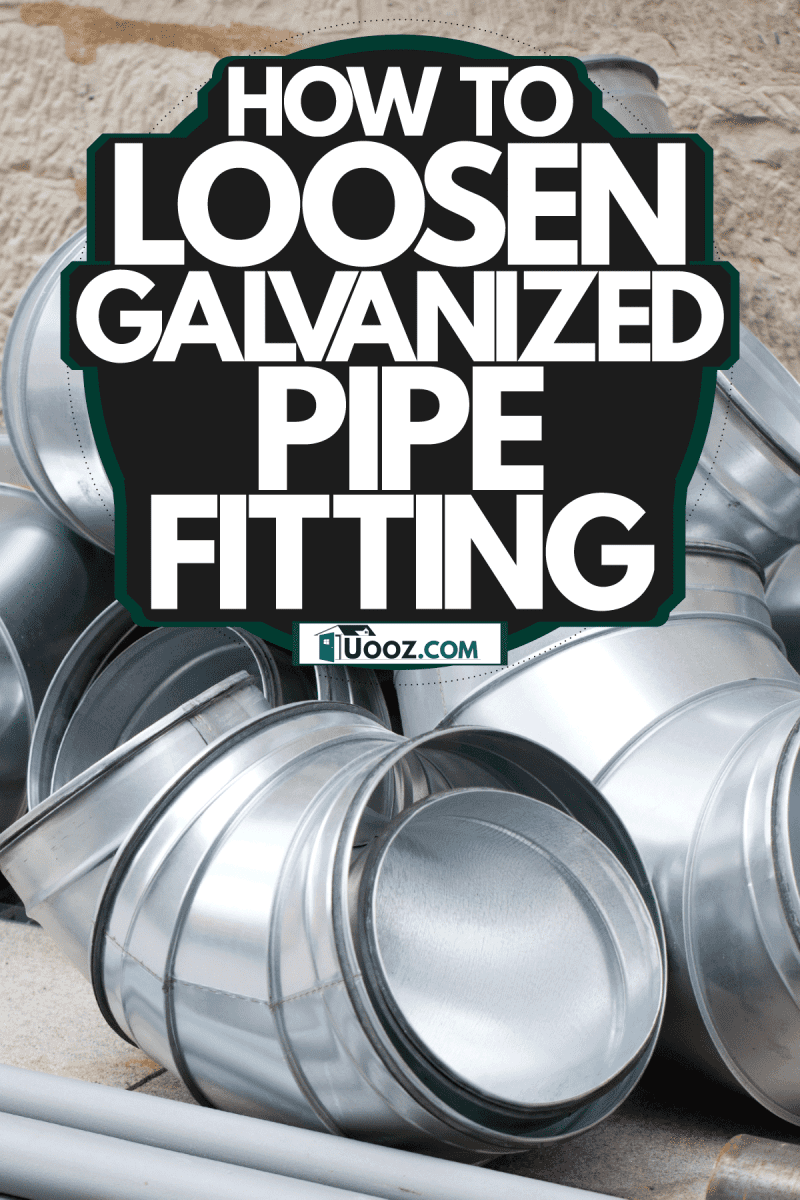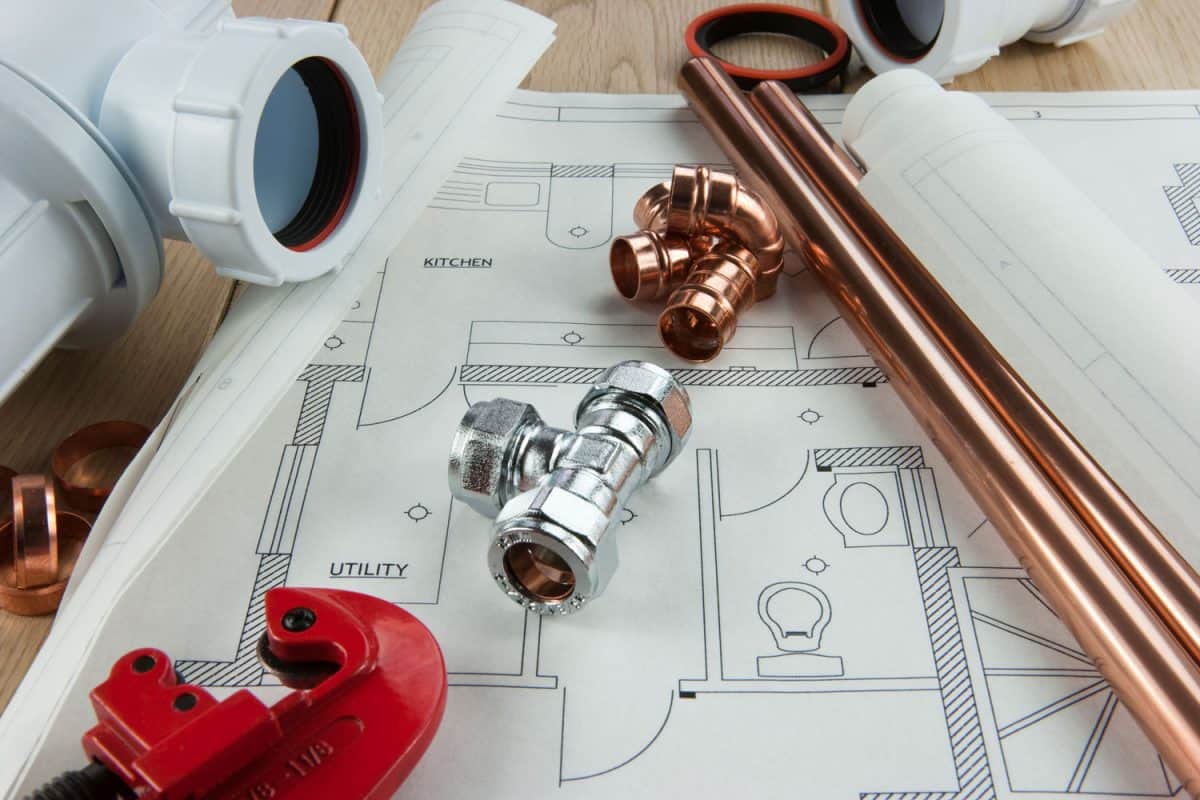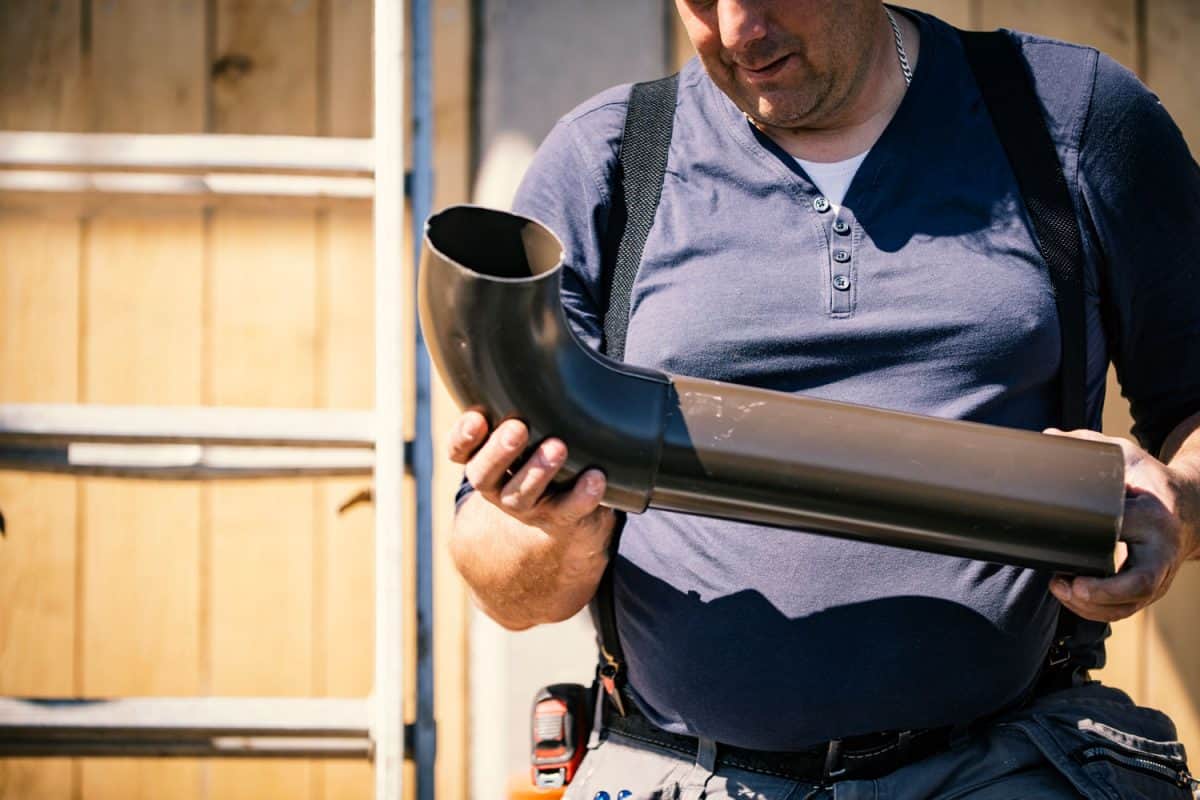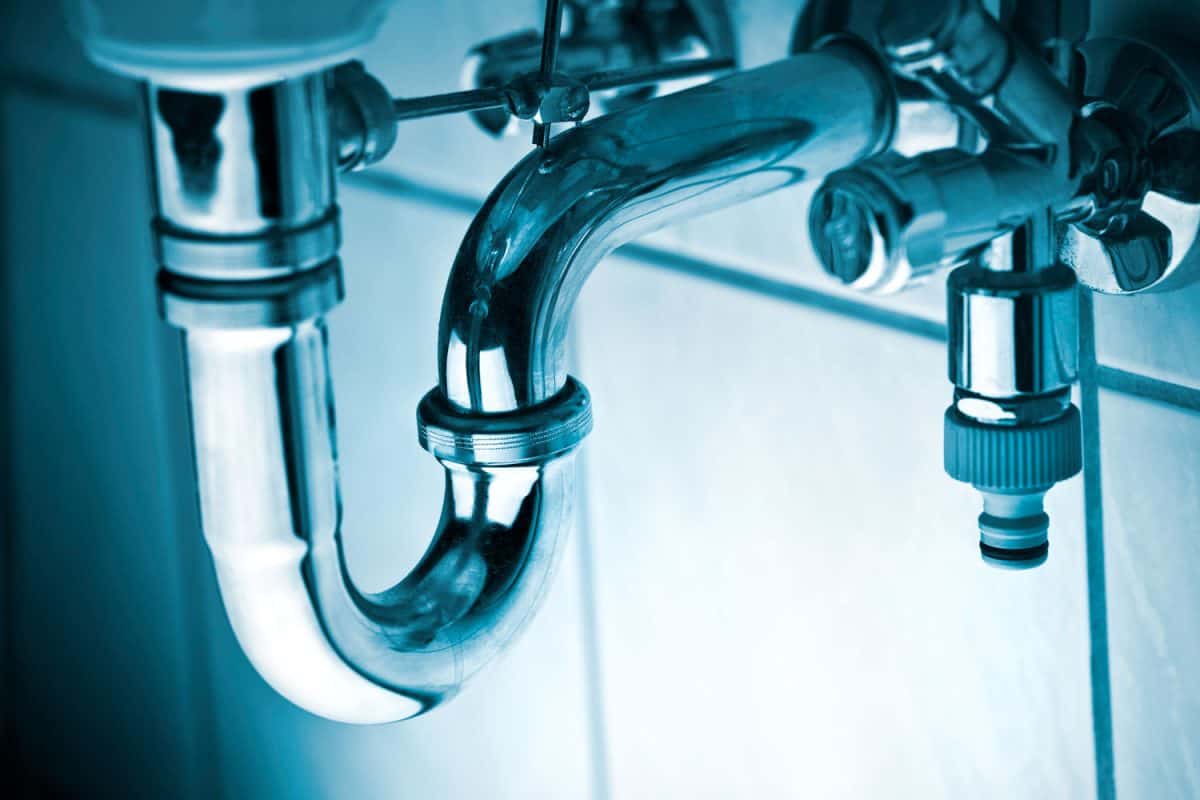Galvanized pipes were one of the best kinds of pipes for water systems. Its zinc coating helps to resist rusting from the outside. However, internal rusting is common, thus making these pipes less effective for indoor plumbing. So how can you loosen the pipe fittings, especially when internal rusting occurs? We've researched the solution to your home improvement barrier.
To loosen galvanized pipes, follow these steps:
- Before touching any pipe, ensure that you turn off any water that would flow through to avoid getting soaked.
- Apply a penetrative oil to the area where you'll be twisting your wrench. This will help reduce how much force you have to use.
- Place the pipe wrench on the lock nut and turn counter-clockwise. It'll require some good force on the first turn or two.
If successful, the pipe will be loose enough to make whatever adjustments are necessary for your project. Continue reading for further tips on handling galvanized pipes, along with some advisories.

How Tight Should Galvanized Pipes Be?
By following the above steps to loosen the pipes, you will also be able to remove them. Most likely, you need to completely remove the pipes if the rust from the inside is too much, and you need to replace it. In this case, follow the above steps for other areas where the pipe is screwed into.
Before replacing the galvanized pipe, wipe off any excess oil from when you loosened it.
To clean off any rust, grab a metal scrub brush and rust removing material. You can use regular vinegar as well. Apply the rust remover to the brush and scrub off any corrosion on the pipe and fitting threads. Clean off the remains with a rag.

At this point, you can place the pipe back in place. But to prevent air and water --which accelerates corrosion-- from entering the line, apply some sealant to the fitting threads. Doing this helps prevent corrosion and makes it easier to seal the pipe in place.
Now you can thread the fitting back on the pipe. Lastly, screw the new lock nuts in place, and you're all done.
Before you turn the water on, ensure that everything is tightly in place. If it's too loose, of course, water will find its way out of the pipe. Too tight could lead to water flow problems.
According to U.S. Plastic Corp, a general rule of thumb when screwing things back in place is two or three turns after its hand-tight. That means that once you can't use your hand to twist it in anymore, take your wrench and twist at least two clockwise turns to lock it in place. If it still feels loose to you, turn the wrench one more time. Don't try to force it too much; that could cause damage to your pipe system.
Wait at least an hour before you turn back on the water valve. You need to give the sealant time to dry so it can do its job right.
Can You Heat up a Galvanized Pipe to Loosen it?
We're sure you've seen plenty of welding videos online that use heat from a small blow torch to loosen or bend pipes. In this case, you could, but we highly recommend that you don't.
Remember that galvanized pipes are coated in zinc. When the surface gets heated long enough, it will release zinc oxide fumes. Medline Plus explains how these fumes can cause zinc oxide poisoning if exposed too long. Side effects include yellow eyes, throat irritation, and serious lung injury. Many times, you won't see these effects until hours after exposure.
Our other article shares how galvanized pipes can take the heat up to 392 degrees Fahrenheit. Using a torch will get the pipe that hot. If all you're doing is loosening the pipe, you shouldn't need to use heat for too long. But regardless, we strongly suggest you use a respirator mask; that'll protect your lungs from any zinc oxide, even if it's small.
If you desire to use heat, first, you must remove anything flammable in the area or cover them with fire blankets. Then, aim the torch at the region you wish to loosen. As you heat it, use a wrench to twist the pipe loose. Wear heat-resistant gear, so you don't burn yourself.
Before doing anything else with the now super hot pipe, let it cool. Even if it looks cooled off, the surface can still be hot to the touch.
How do you Loosen a Pipe Without a Wrench?
Pipes, nuts, and screws come in various sizes. Not everyone has access to an adjustable wrench. Others may have a wrench, but it may not be in the correct size. That's why if you're looking to get a good toolset, you need to get one that has wrenches in several sizes. It'll make your home improvement efforts easier.

Luckily, you don't necessarily have to have a wrench to loosen up your pipes. By using other common objects, you can at least unscrew the nuts and couplings that secure the pipe; that'll get the pipes loose enough for you to get some work done.
Below are some alternative ways to loosen a pipe:
Duct Tape
Duct tape has plenty of benefits for plumbing-related projects. You've likely seen temporary home remedies where people would wrap leaky pipes in duct tape.
That's because one of its best features is its water resistance. The adhesive is sticky and keeps water inside whatever you're taping. Note that duct tape is to be used as a temporary leak stopper, not a permanent one. Use it for too long, and that resistance will go away.
The strength of its adhesive also serves as a great benefit. That benefit, in particular, will help you unscrew things without a wrench or screw.
A Handheld Heat Source
You don't have to only heat the pipe itself to loosen it. You can heat the fittings enough so you can remove them. Since the fitting is plastic, the heat will melt the bond that the fitting has with the pipe. Once it's removed, the pipe should be loose.
But what kind of handheld heat source are we referring to? Look around your house, and you'll find a few. You don't need something that blows powerful heat, like the blow torch from earlier.
A simple hairdryer works excellent. Just turn it up to the hottest setting. Aim directly at the plastic fitting until it begins to melt. Do the same thing with another heat tool, like a match or a lighter.
Make sure you don't put the flame directly on the fitting; just near it will do. You don't want to accidentally cause a small house fire.
Zip Tie
This trick will help you to unscrew any nut, not just the ones holding up your pipes.
To do this, attach the zip tie around the nut. Secure it as tightly as possible. Once secured, pull the hanging part of the zip tie in a counter-clockwise turn. It may take some force, depending on how tight the nut is screwed in.
Once you've loosened the nut, the clamp will be free to the point that your pipe can loosely move.
You can do this trick to tighten the nut back in place as well. Just turn the nut in the other direction until it's tightly secured.
How do you Remove old Teflon Tape from Threaded Fittings?

Teflon tape (also known as plumber's tape) that's left on pipes for a while can be hard to remove. While the tape itself can be removed relatively easily, the adhesive may still linger behind.
To remove the old Teflon tape from fittings and any other surface, you'll want a little brush. Something the size of a toothbrush will do. Just ensure the bristles are stiff enough.
As you pull off the tape, brush the old adhesive off the surface after you peel. Keep doing so until all of the tape remains have been removed.
Once the surface is cleaned off, you can continue your pipe fixing projects. Hopefully, you won't need to apply a new layer of tape once you're finished.
Wrap Up
Turn off all connected water valves before you start your pipe fixing projects; save yourself a watery mess. Then follow one of the suggestions we've offered to get your pipes loose. If you do anything involving heat, fireproof the surrounding area first.
For more information about galvanized piping, visit two of our other articles below:
